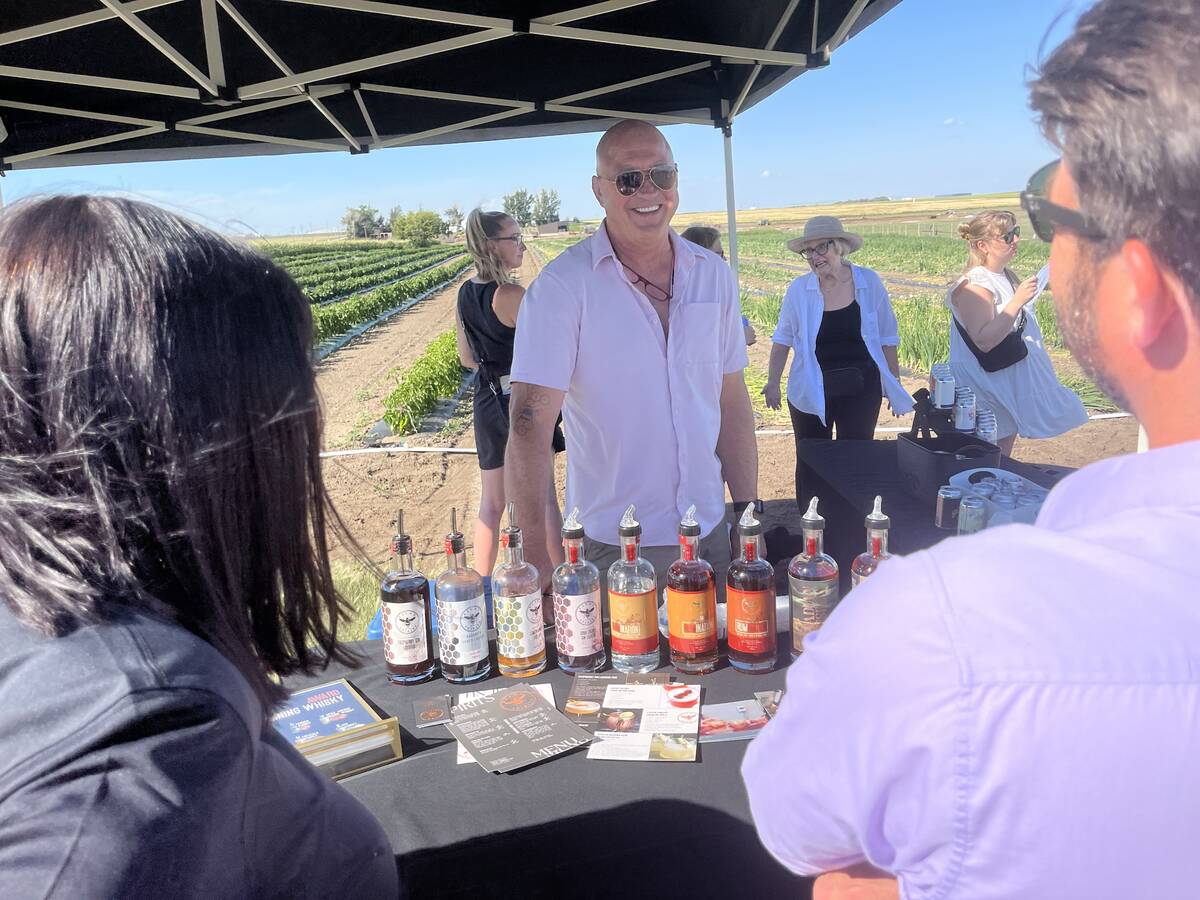AgriStability and AgriInvest are focused on risk management and are designed to provide financial support when producers incur large financial losses. They also allow producers to protect their farm operations from large margin declines.
The government recently ann-ounced changes that could affect eligibility for claims beginning in the 2013 program year.
AgriStability is focused primarily on larger farm losses. It provides government support to those in need, providing disaster assistance when a producer incurs a large farming loss or large decline in production margins.
To be eligible for AgriStability in a program year, you must have:
Read Also

From farmer to award-winning distiller
Pivot Spirits showcases transition from farmer to distiller with provincial award-winning results in Alberta for Lars Hirch
- Carried on the business of farming in Canada.
- Conducted a minimum six consecutive months of farming activity.
- Completed a production cycle.
- Reported farming income or loss for income tax purposes.
- Met all program requirements by the deadlines established.
AgriInvest is a self-managed savings account that allows farmers to set money aside to be used to manage risk if they incur a financial loss or margin decline. It addresses smaller farm losses.
To enter the AgriInvest program, farmers must submit their tax information on a prescribed form to the Agriculture Financial Services Corp., where it will be used to calculate the matching government deposit for which they qualify.
An AgriInvest account can be opened at all major banking institutions.
The program previously provided government assistance once a farmer’s margin fell below 85 percent of his historical reference margin.
This will change for the 2013 program year so that the government will provide help only when income falls to 70 percent or less of the historical margin.
In simpler terms, a farmer will get a payment when his income drops by more than 30 percent below his historical margins. This will likely make it harder to trigger a paymentt.
The way margins are calculated will also change, which may reduce a farmer’s margin and make it more difficult to receive a payment from the program.
These changes may cause farmers to assess whether it makes sense to continue with the program.
A 30 percent change requires either a significant fluctuation in commodity prices or a major change in yields during the crop year.
Farmers should consider what other risk management measures they have to protect their income against price or inventory fluctuations.
The government previously matched producers’ contributions to the Agri-Invest account up to 1.5 percent of their allowable net sales, to a maximum of $22,500.
The percentage has dropped to one percent for the 2013 program year, and the limit has dropped to $15,000 of allowable sales.
These changes in AgriStability and AgriInvest do no kick in until the 2013 program year so they do not affect a farm’s 2012 corporate year end or 2012 personal tax returns.
The changes have created much discussion among producers.
Knowing how your operation fits within the new guidelines and determining whether the programs are a viable risk management tool for you requires a careful analysis of historical margins.
Seeking the advice of an adviser to make this and other farm subsidy decisions will ensure your operation will be adequately protected.














